One of the first things you are told by non-photographers when you buy your first serious camera is “don’t shoot straight into the sun”. Listen to this advice and you will be missing out on some the most emotive and powerful images photography can provide.
So what is a silhouette?
Oddly, the original term comes from French politics and has nothing to do with art or photography but today we take it to mean an image where the main subject is in complete shadow from a strong backlight. That backlight is most often the sun bit it doesn't have to be, any light source, a flash, a lightbulb, even the moon can be used. Also the light source does not have to be present in the image, it just creates a very bright background, forcing the subject into shadow.
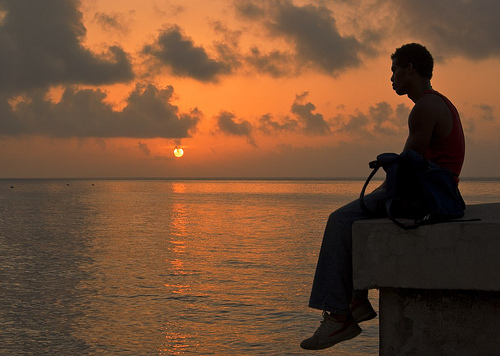
So how do we create an engaging silhouette?
Well ironically, many of today’s cameras are so good at exposure that they will try to compensate for a backlit subject so to be effective we need to go back to basics. The best way to do this is to use manual exposure.
So to get started you will need, a subject and a very bright background. Place your subject in front of the background and meter the scene. Its best to use the camera’s spot or center weighted metering mode to do this and make sure the flash is off. Meter for the backlit region and avoid getting the subject in frame. From the metered exposure add one stop, for example if the meter suggests an aperture of f16, open to f11. Shoot one shot and take a look at the histogram. If the image has has too much of the histogram off to the left, increase your exposure, if it is off to the right decrease it.
Bracketing is a very useful technique for getting the exposure bang on, a little like HDR you shoot several images at around the metered exposure to get the optimum shot. We are aiming to get the subject black but keeping some details in the background.. Because auto focus can find backlit scenes tough, you may need to manually focus the image. Shooting Raw will give you some extra flexibility in post production to manipulate the silhouette further. When shooting a silhouette, look for a strong well defined subject and and a background that still has some definition in it.
Tips for Getting Amazing Results
The setting (or rising) sun can make for a spectacular backlight, especially if there are some clouds around as well. In general it is better to keep the light source out of direct view, either by keeping it out of frame or by positioning yourself so that the foreground subject shields the light source. In some cases you can keep the light source in the frame if this adds impact to the image. Sometimes a silhouette will work better if there is a touch of detail either in the subject or creating a slight rim light effect to the side of the subject.
The usual rules of composition work, most importantly the rule of thirds. A subject positioned on a third with the rest of the scene backlit can create very powerful images. One often overlooked factor is lens flare.
There is no way of knowing if you will get lens flare, but you can decrease the chances by keeping the light source out of frame, using a longer lens rather than a wider one and by making sure your lens is spotless clean, any dust or dirt is going to exasperate the flare problem.
Don’t be afraid to experiment with silhouettes, one of the great things about them is they can be created in good weather or bad, indoors or out and with natural light or artificial. When shot well, they can be great additions to your photographic collection.
Jason Row is a British born travel photographer now living in Ukraine. You can follow him on Facebook or visit his site, The Odessa Files. He also maintains a blog chronicling his exploits as an Expat in the former Soviet Union

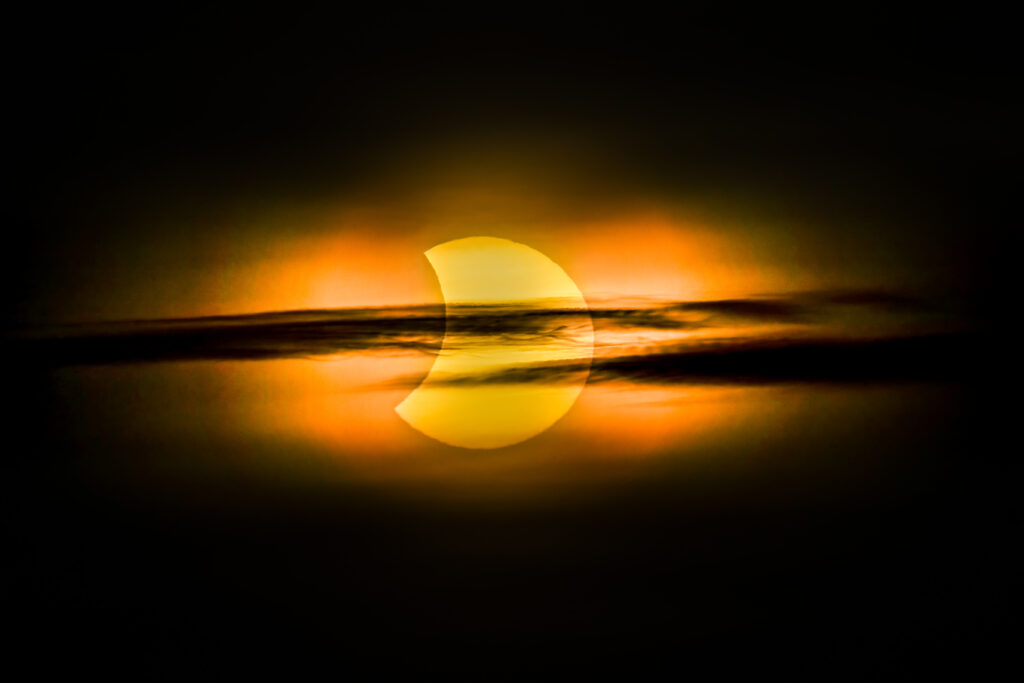
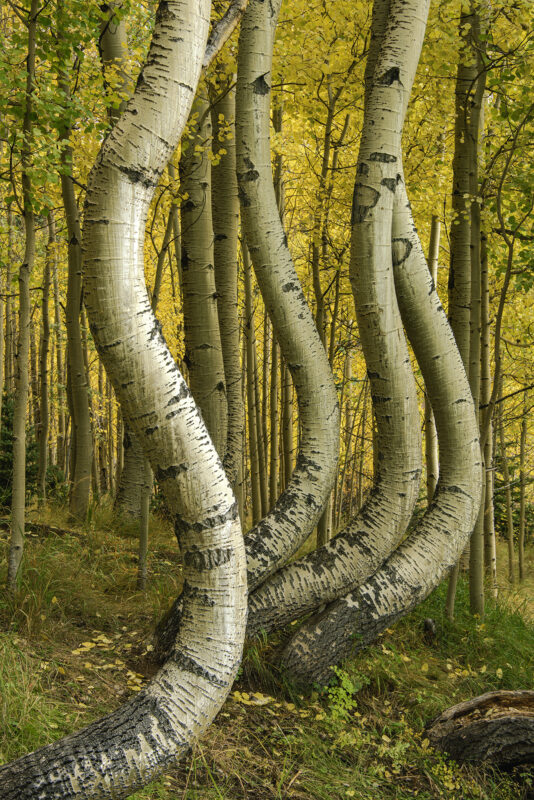
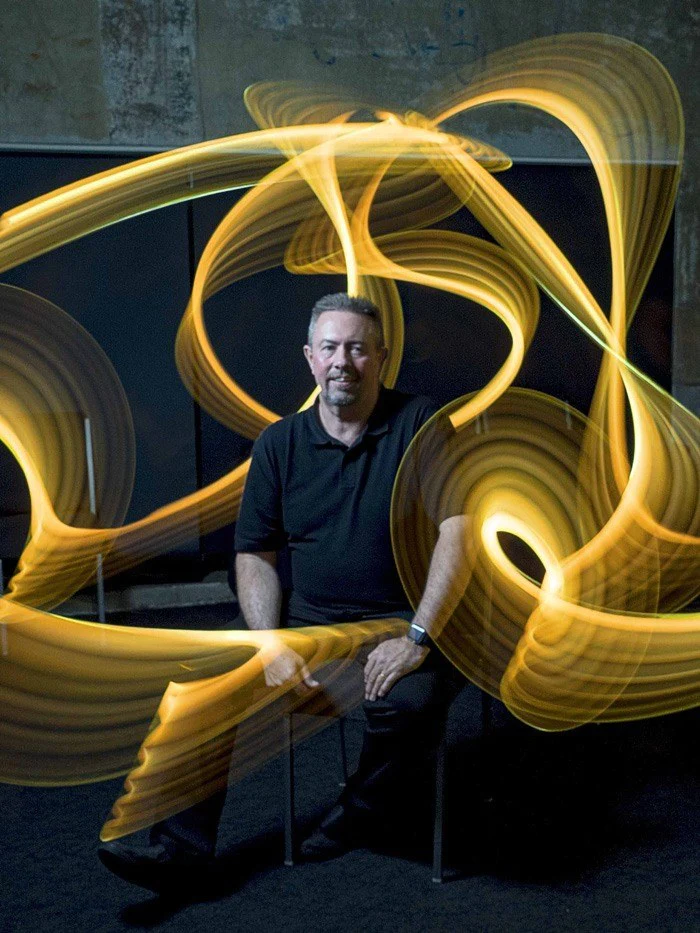
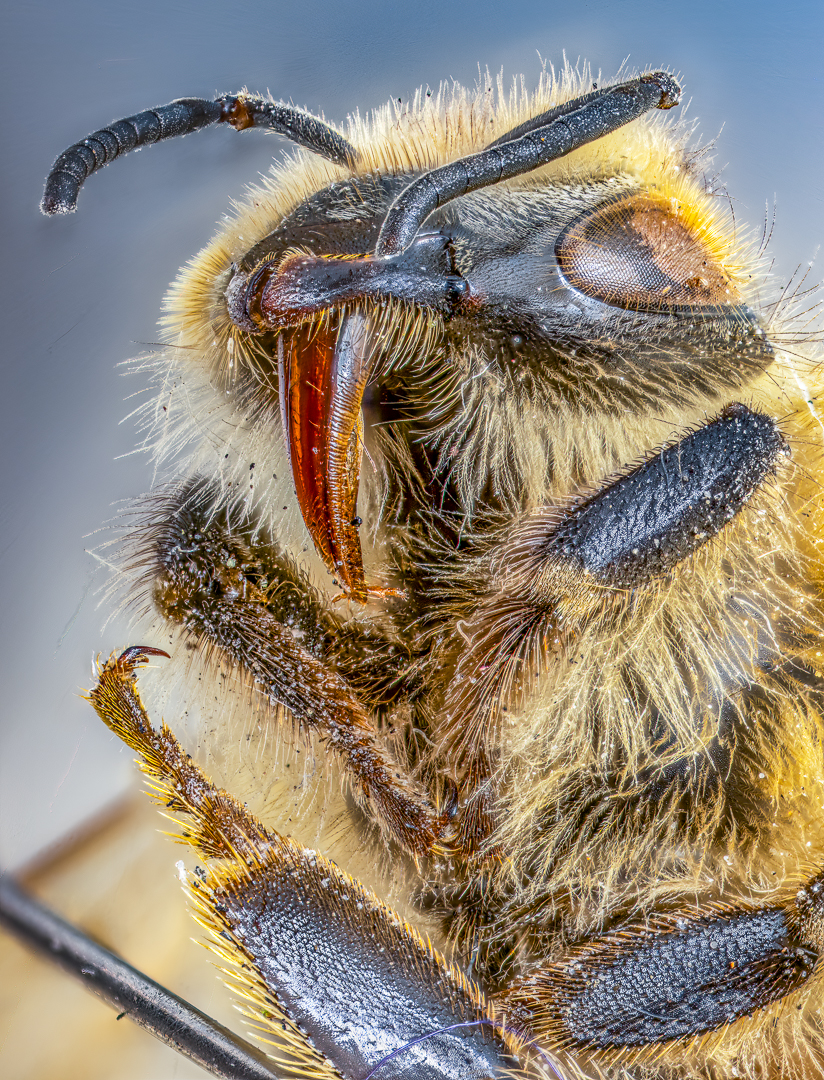
8 Comments
Great tutorial, thank you.
https://farm5.staticflickr.com/4110/5071453010_1e7da914bc.jpg
Silhouette images are great examples of how we can create images with our cameras that don’t exist in reality.
https://farm7.staticflickr.com/6031/6322281962_cdb910950b_o.jpg
Nice post, with some lovely example photos.
Angel on the Ponte St Angelo in Rome
https://farm5.staticflickr.com/4133/5119097036_d8b520882d.jpg
Great post!
Here’s one from my archives and posted on my blog…
https://mdcphotographs.wordpress.com/2012/01/20/sunset-reflection/
The silhouette is a very powerful technique but make sure the subject is clean and nothing in the background obscures or confuses the stencilled outline. There should be no detail in the centre of interest and try to fill the frame.
https://farm8.staticflickr.com/7098/7272121284_b642cce6ef_m.jpg
https://www.flickr.com/photos/natecochrane/7272121284/
Silhouettes on water can create some interesting effects too…https://www.flickr.com/photos/photo_cube/6627751523/
What about damage to your sensor? i’ve heard that shooting right into the sun can permanently damage your camera’s sensor…